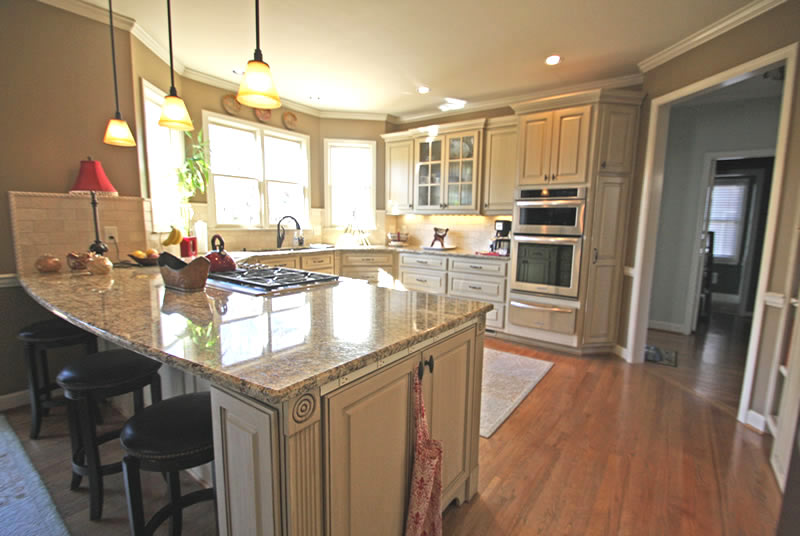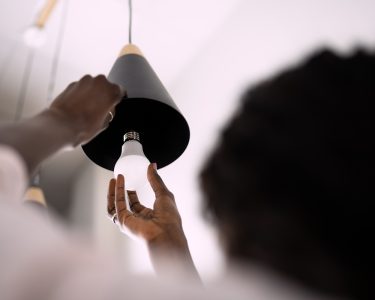The word “retro” denotes a bit of a divisive status. Some people would love to be referred to as retro, and others would hate to be called retro. But what about living spaces, specifically living rooms? They can be just as divisive, but certainly make a statement, regardless of your opinions on it. Retro living room design refers to a nostalgic style inspired by design trends from earlier decades, the mid 20th century specifically. Retro designs are influenced by the 1950s, 60s, 70s, and 80s, in particular.
These kinds of styles are making a comeback in modern interiors. This is due to the cyclical nature of design trends; things that were old eventually become new again. Additionally, many cultures harbor nostalgia for these time periods. When this nostalgia is combined with everyone’s desire for a unique, character rich interior that makes a statement, you get retro living room designs making a comeback.
Historical Context
As mentioned above, retro living room design is influenced by the 50s, 60s, 70s, and 80s I particular. Each of these decades had numerous cultural and social movements occurring that had an impact on the styles referring to them. In the 50s, for example, there was a huge amount of optimism and economic growth after the end of World War II. This led to the rise of consumerism and suburbanization. These cultural influences and social movements soon gave rise to design trends focused on simplicity, functionality, and mass production. The mid-century modern style is a good example of this.
Later on in the 60s, there were also numerous cultural influences and social movements. This was the advent of counterculture and civil rights movements. Of course, these led to anti-establishment sentiments, political activism, and increased youth culture. In terms of design trends, bold colors, space age and psychedelic designs became popular from the youth and counterculture movements. Most of what would today be considered vintage home décor comes from the 50s and 60s.
The next decade, the 70s, was characterized by divisive cultural influences, as well as shag rugs and velvet. Some of these influences included economic instability, global oil crises, and environmental awareness as a result of the global oil crises. Of course, environmentalism was a huge social movement resulting from these events, as well as feminism and multiculturalism. The main focus, however, was the environment, so design trends like earth tones, indoor plants retro décor, and organic forms started to emerge in 70s living room décor.
Finally, the 80s involved a mixture of prosperity and fear of nuclear Armageddon. The most pervasive cultural influence at this time was the Cold War, but secondary influences included western economic prosperity and technological advancement. The main social movements during this time had to do with materialism, individualism, and the AIDS crisis. The resulting design trends involved bright colors, geometric patterns home décor, and high-tech influences like New Wave aesthetics.
Key Elements of Retro Living Room Design
Furniture
There are numerous elements of retro living room design, the most prominent of which being the furniture. Several essential retro furniture ideas include things like low-profile sofas, egg chairs, tulip or wooden tables, and pieces with similar design characteristics. You also want to integrate your vintage pieces with more contemporary ones. For example, you can pair a modern sofa with a vintage coffee table. Experts recommend mixing your retro furniture ideas with materials like wood, metal or wicker.
Colors and Patterns
Of course, colors and patterns are another huge part of any retro living room design. These designs typically use bold, vibrant colors like orange, avocado green, or mustard yellow. In terms of patterns, they tend to be geometric or psychedelic. For instance, you can leverage geometric rugs and other accessories, as well as abstract wallpapers. If that’s not your style, think about a floral wallpaper pattern. This way, you can create visual interest in your retro living room.
Materials and Textures
Materials and textures are what ties the whole retro living room design together. Consider materials like shag rugs and velvet, chrome, and wood finishes to contribute to the retro living room aesthetic. Additionally, you should combine several different textures (shag rugs can be good for this) to create the rich, layered look characteristic of a retro living room.
Decorative Accessories
Lighting
Another important consideration for any retro living room design are the decorative accessories, especially the lighting. There are numerous options for retro lighting fixtures like pendant lights and floor lamps. These accessories have a focus on geometric shapes and finishes characteristic of the retro time periods. Ideally, your chosen retro lighting fixtures should have metallic or glossy finishes to maximize the retro vibe. You could also consider vinyl windows for your retro lighting needs.
Greenery
Greenery provides an often overlooked part of your retro living room design. You can use several options for indoor plants retro décor such as ferns and spider plants for that 70s environmentalism vibe. This way, you add a refreshing, natural element to your retro living room while completing the retro aesthetic.
Practical Tips for Creating a Retro Living Room
Now that you know the key elements of a retro living room design as well as the history behind them, here are some practical tips for designing your retro living room. First, as mentioned above, you want to mix and match retro and modern elements. Leaning too hard into the retro vibe can make the room look dated. Second, you can leverage flea markets, thrift or antique shops, and online stores to source vintage home décor. Third, you can avoid making the room look too dated by balancing the bolder retro elements with more neutral, modern décor.
Maximizing Your Retro Living Room Design
Retro living rooms were inspired by the nostalgia of the 50s, 60s, 70s, and 80s, with each of those decades providing its own vintage home décor motifs based on the historical events that took place within them. Many of them may have inspired your own retro furniture ideas, which can be enhanced by mixing them with more modern pieces to avoid making the space look too dated. There’s a retro living room design for everyone, so experiment with different retro furniture ideas to find one that aligns with your own unique style.





